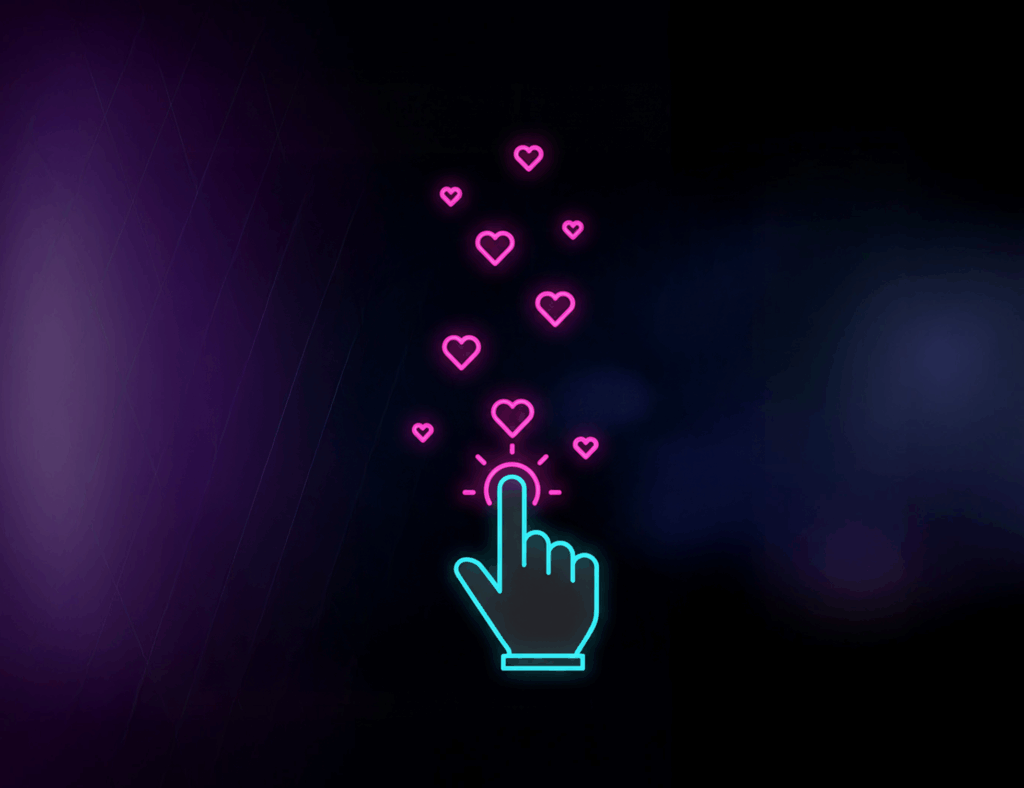In the fast-paced world of software development, exhaustion often hides behind glowing monitors. Tight deadlines, context switching, and constant change have made developer burnout one of the industry’s most silent productivity killers.
But now, developer burnout AI solutions are reshaping the way tech teams work. Instead of demanding more from developers, smart automation and machine learning are helping them regain focus, creativity, and sustainable energy.
What Is Developer Burnout and Why It Matters
Developer burnout isn’t a buzzword — it’s a measurable decline in focus, motivation, and mental health. Studies show that long hours and unclear goals are driving up turnover rates in tech.
Common triggers include:
- Endless debugging and repetitive manual tasks
- Late-night fixes before every release
- The mental toll of constant learning without rest
When burnout sets in, productivity plummets, mistakes multiply, and teams lose their creative spark. The good news is that technology — the same force that can cause overload — can also be the cure.
Where AI Fits In
AI in software development isn’t just about writing code. It’s about understanding patterns, predicting problems, and removing the small roadblocks that wear teams down.
By automating repetitive work, analyzing workloads, and personalizing recommendations, AI automation developer efficiency burnout strategies are becoming essential to modern engineering culture.
Kenility’s own AI Business Transformation initiative shows how automation can improve both performance and people outcomes — freeing teams to focus on innovation rather than exhaustion.
How AI Reduces Developer Burnout
1. Eliminating Repetitive Work
One of the biggest energy drains for developers is repetition.
AI tools handle routine debugging, code formatting, and test generation, turning hours of manual work into seconds of automation.
This not only prevents fatigue but also boosts satisfaction, supporting software development burnout prevention efforts across tech companies.
2. Predicting Overload Before It Happens
Modern AI dashboards track ticket flow, context switching, and cycle time to detect when someone’s workload spikes.
Early signals allow managers to adjust before burnout sets in — a proactive approach to tech team burnout AI strategy that keeps everyone on pace instead of on edge.
3. Supporting Learning and Growth
Developers often feel overwhelmed by rapid tech changes.
AI-powered assistants recommend resources, tutorials, or even new frameworks based on real coding habits.
This makes maintaining developer productivity with AI more human-centered — continuous learning without the fatigue of chasing every trend.
4. Improving Team Collaboration
Communication gaps are another silent cause of burnout.
AI tools summarize long threads, highlight blockers, and clarify dependencies.
This AI in development teams reduce fatigue approach keeps collaboration friction-free, helping distributed teams move faster — and breathe easier.
The Limits of AI — And Why Balance Matters
AI isn’t a magic fix.
When misused, it can add new pressures: higher expectations, faster delivery cycles, and even “AI fatigue.”
The key is to use automation as a support system, not a stopwatch.
At Kenility, our approach to developer burnout AI is guided by empathy — blending technology with human-first processes. You can read more about that philosophy in our Human-Centered Innovation Framework, where we explore how AI and people can grow together instead of apart.
Practical Steps to Integrate AI Without Burning Out Your Team
- Start Small, Measure Often
Run short pilots with one workflow. Track metrics such as reduced overtime and increased engagement. - Automate Only What Adds Value
Not every task needs AI. Focus on the tedious ones — testing, documentation, or analytics — that drain mental energy. - Encourage Feedback
Let developers share how AI affects their workflow. Transparency builds trust. - Balance Productivity With Well-Being
Combine AI insights with regular check-ins and flexible schedules to ensure no one feels like a cog in the machine. - Educate Continuously
Offer short learning sessions so teams understand how the algorithms work and how they can control them.
These practical steps align perfectly with reducing developer burnout with AI — using data to care for people, not just processes.
The Human Impact
The real success of developer burnout AI isn’t measured in lines of code or velocity charts.
It’s measured in developers who finish a project still excited to build the next one.
AI’s biggest promise is not to replace human creativity but to protect it.
When used thoughtfully, it gives back what burnout takes away — time, energy, and pride in craftsmanship.
The result: healthier teams, happier employees, and software that carries the fingerprints of people who actually enjoyed creating it.
The Real Win: Healthier Teams, Better Code
AI is changing how software is built — but its real impact lies in how it changes the people who build it.
When implemented thoughtfully, developer burnout AI doesn’t just speed up delivery; it restores focus, balance, and curiosity.
This isn’t about replacing human effort, it’s about protecting it.
AI removes the repetitive and draining parts of development so teams can spend more time on creativity, problem-solving, and collaboration. That balance is where innovation actually happens.The companies that understand this — that use technology to strengthen people, not just processes — will lead the future of tech.
Because great products don’t come from tired teams. They come from teams that still love what they build.






